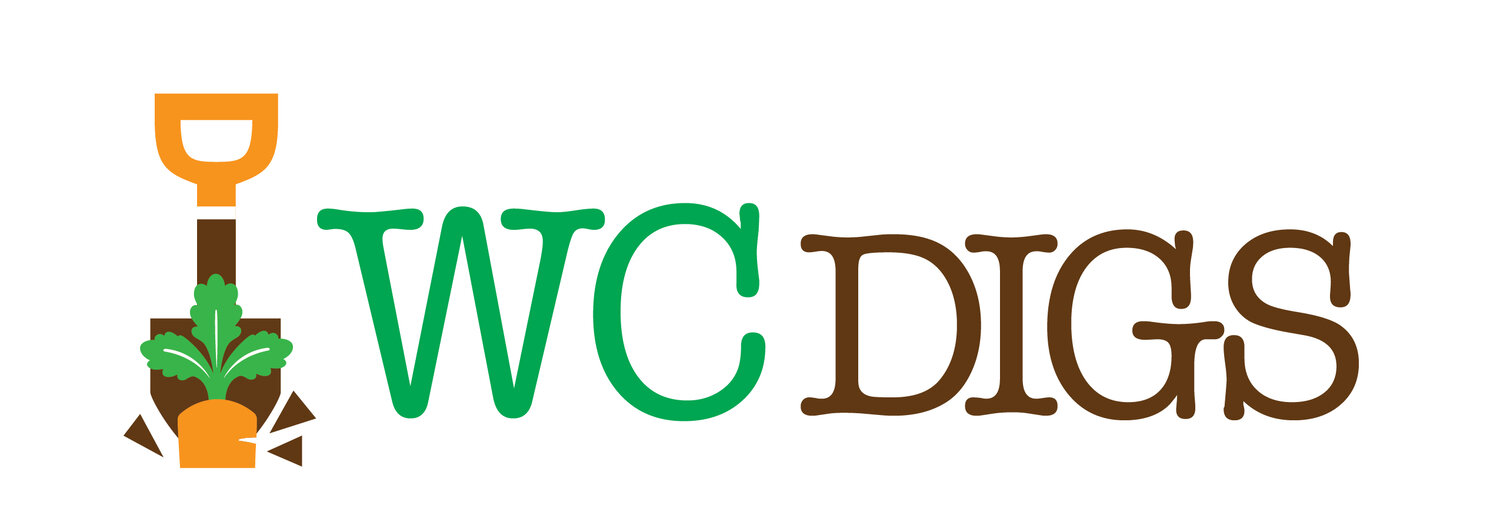Tips To Save The Bees
According to Greenpeace, “Scientists know that bees are dying from a variety of factors—pesticides, drought, habitat destruction, nutrition deficit, air pollution, global warming and more. Many of these causes are interrelated. Seventy out of the top one hundred human food crops — which supply about ninety percent of the world’s nutrition — are pollinated by bees.”
According to https://savebees.org/ here are 10 tips for what you can do to save bees:
1. Don’t use pesticides.
2. Plant native wildflowers and flowering shrubs in your backyards, communities, and workplaces.
3. Grow trees such as apples, pears, plums, and cherries (and shrubs like blueberries). These trees are excellent food sources for pollinators, as are many vegetables and herbs.
4. If you have a lawn, stop mowing some portion… you’d be surprised what flowers will drop in over time.
5. Sow clover (white clover may even be mowed at the highest setting).
6. Let dandelions live! They’re one of the first pollen-rich sources to spring up, and also one of the last to go. Because of the shape and structure of dandelions, their pollen and nectar are especially accessible to a great diversity of bee species throughout the year.
7. Even small balcony gardens help pollinators passing by. Try adding hanging baskets, potted native plants, veggies/herbs, and a small dish of water with pebbles.
8. In summer, place a shallow dish of water out with some pebbles in it, so that bees (and other insects) can easily drink without drowning (bees get thirsty too, and honey bees use the water to help cool their hives on hot days).
9. Buy certified organic cotton (even though you don’t eat it!) Cotton ranks among the highest in pesticide usage on crops, including a mix of pesticides and fungicides known to be dangerous to bees.
10. Love honey? Buy from local beekeepers who care about their honey bees (find them online or at farmers’ markets).
For more information visit and https://www.greenpeace.org/usa/sustainable-agriculture/save-the-bees/.




